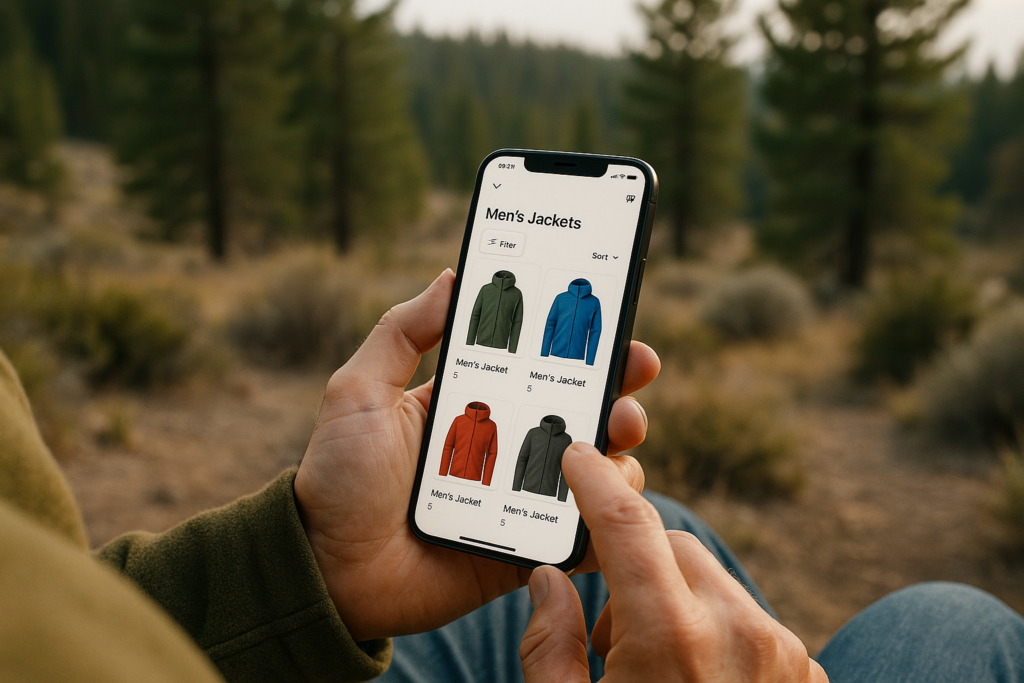The first step to any successful search engine optimization (SEO) effort is to research, compare, and choose the best keywords related to your topic, product, or service. Keywords are the heart of search marketing—they’re how users find your website, and how you alert search engines to surface your content in response to users’ queries. Keyword research has implications in both paid search and organic SEO. Follow this overview to identify the best keywords for any page, article, or campaign.

How To Start Keyword Research
Whether you’re doing keyword research for a product detail page or an in-depth blog article, you’ll want to start with a general idea of what keyword best represents the page. Once you’ve identified your main topic, use popular SEO tools (Google Keyword Planner and SEMRush are two good ones) and tech-free tactics to identify the best options for primary and secondary keywords for your content. You may find that a variation of your term is more appropriate, or that there are several supporting keywords to consider.

4 Factors To Consider When Choosing Keywords
Choosing the right keyword depends on a handful of factors you must hold in balance. Make note of the following elements when researching potential keywords to optimize a category page, blog post, or product description, and create a list to serve as a starting point that includes a mix of all. Keeping these factors in mind, create a list of potential keywords that might be appropriate for your page.
Long-Tail vs. Short-Tail Keywords: Optimized content should include a balance of short-tail and long-tail keywords. Short-tail keywords are broad, big-picture terms that relate on a high level to the content of your page—shirts, cake, light bulbs. In contrast, long-tail keywords are more specific and offer clarity about the user’s intent and what they’re actually trying to find—blue shirts for men, birthday cakes near me, outdoor LED light bulbs—so they’re more likely to convert searchers into customers.
User Intent: Keywords fall into four main categories depending on the user’s primary purpose when searching—transactional (the user wants to convert, or complete an action), navigational (the user is looking for a specific page or site), informational (the user is looking for the answer to a question), and commercial (the consumer is ready to make a purchase).
Competition: A major factor in how well your optimized copy will perform is how hard—or easy—it will be to rank on the Search Engine Results Page (SERP) for your chosen keywords. Some SEO research tools list the estimated level of competition (high, medium, or low) while others provide a percentage that communicates keyword difficulty, or how hard it will be to rank in the top 10 Google results for that keyword.
Search Volume: Search volume is a metric that estimates the number of times a term has been searched over a month-long period. You may be tempted to choose the keywords with the highest search volume, but oft-searched keywords typically also have high competition, so they’re harder to rank for. And because they are less specific to what the user is ultimately searching for, they may be less likely to convert.
When you consider each potential keyword in context of the four factors listed above and how they relate to each other, you can start to hone in on the ideal keywords for your page.

What To Do After SEO Research: Identifying the Right Keywords
So you have a list of keywords—now what? It’s time to narrow your list of potentials to a handful of priority terms that help you tailor your content to the customer. While there is no magic number for how many keywords you need for effective SEO, a single primary keyword and a few secondary terms are generally sufficient. The best keywords are aligned (they accurately reflect the subject and intent of your page) and attainable (they strike a balance between search volume and difficulty, so you’re more likely to rank for them). Follow these tips for focusing your list on only those keywords that meet this criteria.
- The best keywords will correlate with the appropriate user intent for your page type or content objective—think navigational keywords for a home or “About Us” page, commercial and transactional keywords for category or product descriptions, and informational keywords to provide inspiration for blog articles or other content marketing.
- Drop your chosen keyword/s into your preferred search engine and make sure what you see on the SERP is consistent (aligned) with your content, topic, or product. If it doesn’t return the results you expect, you will want to target other terms.
- Search volume and competition influence the attainability of any given keyword. Higher search volume often correlates with higher keyword difficulty, so choose accurate terms that strike a balance between popularity and difficulty. If you’re looking at similar aligned keywords with comparable search volume, prioritize the term with lower competition.
Practiced SEO professionals keep all these factors in mind when doing keyword research, whether they’re optimizing a single product, an entire category, or an on-trend blog post topic. One of the benefits of working with an agency is the established expertise that comes from completing these small tasks, day in and day out. Eight Oh Two is a proven leader in search engine and performance marketing focused on driving superior results by leveraging best-in-class technology with the very best in human intelligence. Contact us today to learn how we can help optimize your content and boost your blog conversions.





